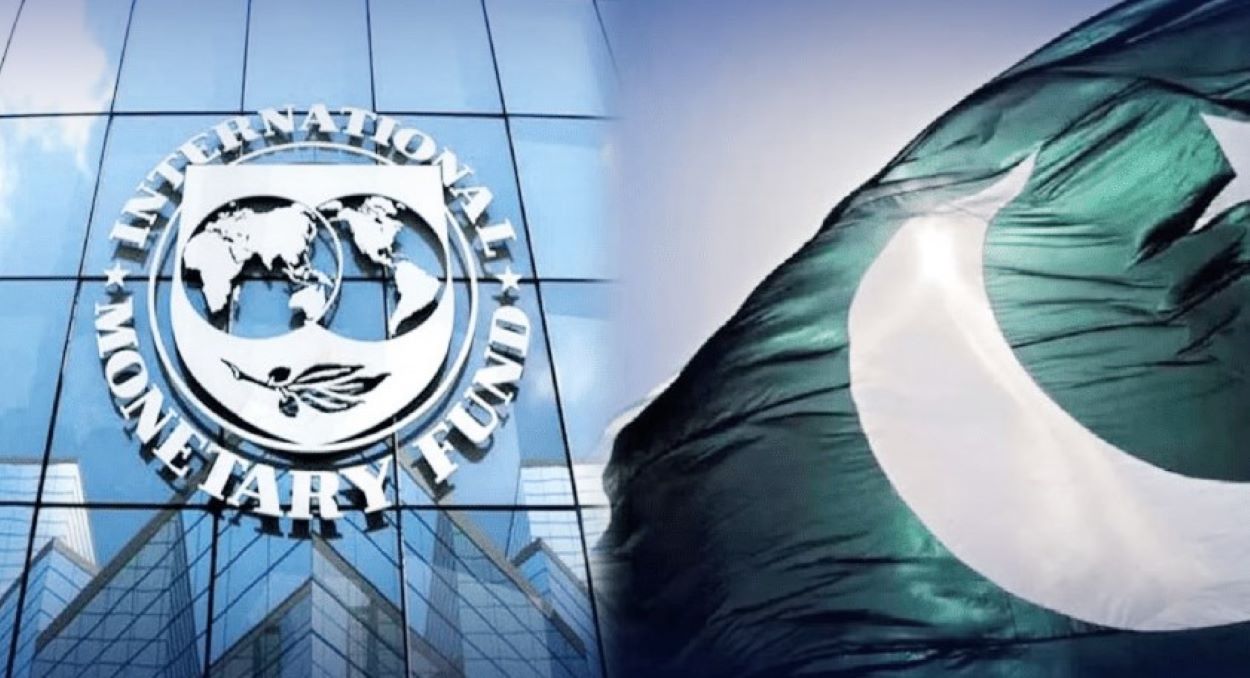The State Bank of Pakistan (SBP) announced on Friday that it received the first tranche of SDR 760 million (approximately $1.0269 billion) from the International Monetary Fund (IMF).
The IMF’s Executive Board approved a $7 billion Extended Fund Facility (EFF) on Wednesday, of which the $1 billion tranche forms a part. The State Bank of Pakistan (SBP) has confirmed it will include these funds in its liquid reserves, which it plans to release on Thursday, September 30, 2024.
The IMF emphasized the new program’s need for “sound policies and reforms” to enhance macroeconomic stability and address structural challenges. It also stressed the necessity for “continued strong financial support” from Pakistan’s development and bilateral partners to ensure the program’s success.
Pakistan has been implementing stringent conditions since July, aiming to conclude what Prime Minister Shehbaz Sharif hopes will be the country’s final loan program.
The nation’s economy has seen stabilization after nearly defaulting last summer. However, it relies on IMF bailouts and loans from allied nations to manage its substantial debt, which consumes half its annual revenue.
Read: IMF Terms Pakistan’s 11% Loan from Private Bank as Unnecessary
Finance Minister Muhammad Aurangzeb emphasized the necessity of structural reforms to make this the final IMF program despite anticipated transitional challenges. He shared these insights with Geo News.
The IMF also promised an “immediate disbursement” of about $1 billion. Nathan Porter, IMF Pakistan mission chief, noted a significant recovery in economic stability over the past year. He stressed the importance of sustainable growth that benefits all societal segments.
On the sidelines of the United Nations General Assembly in New York, Prime Minister Sharif credited the deal’s success to substantial support from Saudi Arabia, China, and the UAE. He thanked China for its pivotal role in the final negotiation phase.
Economist Kaiser Bengali described the deal as a temporary solution for repaying immediate debts, critiquing the limited progress on reducing government expenditures and the focus on increasing taxes.
As of the end of 2023, Pakistan’s debt exceeded $250 billion, about 74% of its GDP. A large portion of this debt is in foreign currencies owed to external creditors, including nearly $30 billion to Chinese entities.
Pakistan narrowly avoided default last year thanks to emergency loans from allied nations and an IMF rescue package.






